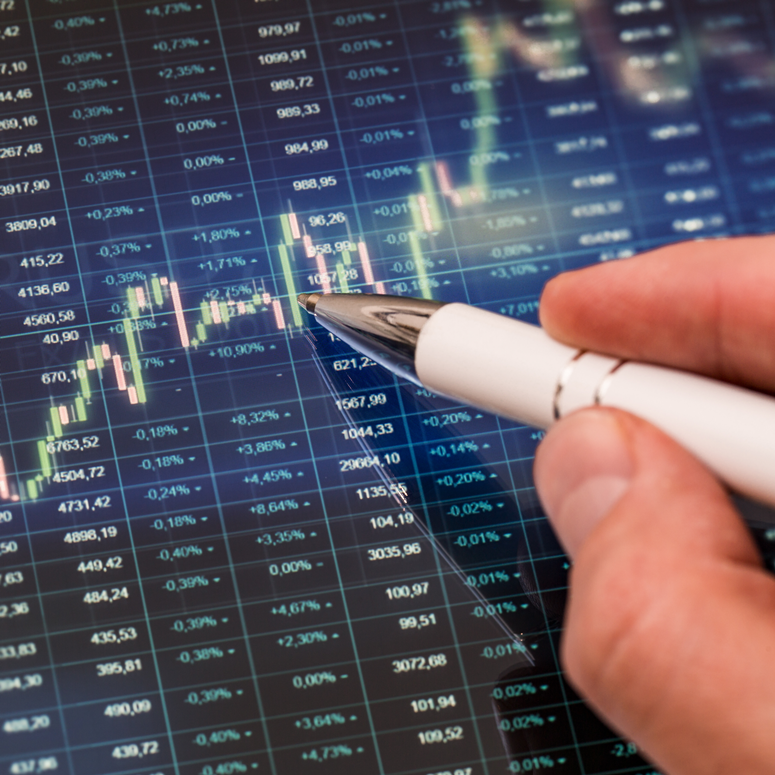The Good and Bad of Buy and Hold - Investor Junkie
Buy and hold. I think of it as the “what if” strategy. Because when people talk about buy and hold, they usually say things like:
“If you had bought Apple stock in January 2008 and held it for 10 years, it would have yielded 867% returns[1].”
Source: Yahoo Finance
If you had bought the same stock four years earlier, returns would have been a whopping 11,539%[2].
Source: Yahoo Finance
Sounds pretty good, right? The argument for buy and hold is pretty powerful. You buy something, hold it for a long time and get great returns. Short, sweet, simple!
Well, Maybe Not That Simple
Let’s take a step back and look at some more numbers.
Consider this. If you had invested in Transocean Ltd in 2010 and held it until 2018, your returns would have been -89%[3].
Source: Yahoo Finance
Not so good.
Let’s see what the returns would’ve been if you bought in 2004.
Source: Yahoo Finance
Your returns would’ve been -67%[4]. Better, but you still lost more than half of your money.
OK, maybe 14 years isn’t long enough to hold a stock. Let’s go back to 1993. Surely, 25 years should be enough!
Advertisement
Turns out, you would’ve still lost 19% [5].
So now the question becomes, “Can you really have a buy-and-hold strategy for the long term?”
A Deeper Look Into How Buffett Operates
Buy and hold is recommended by one of the world’s richest and most influential investors: Warren Buffett. Buffett is famous for many things, mainly his financial successes with investing. For years, he’s been teaching traders of all ages how to invest for the long term.
According to research that analyzed Buffett-owned Berkshire Hathaway trades for 26 years, only 20% of stocks were held for more than two years. And more than 60% of stocks were sold in less than a year.
And you should not look at Buffett’s strategy and mirror it either.
Why?
Because while we typically buy a couple of shares of an insurance company, he buys the entire insurance company. These are two different things.
The Long Road to Recovery From a Market Crash
When the markets crash, your portfolio value declines. At an 8% annual return, it can take up to nine years to regain its original value.
And that’s assuming the market rebounds quickly to give you 8% returns.
The 1929 crash took 25 years to recover. It wasn’t until 1954 that the Dow Jones Industrial Average finally returned to pre-1929 levels.
In the last 18 years, we have seen two crashes: the 2000 dot-com bubble and the 2008 housing bubble. Both took more than a year and a half to recover.
The Psychology of Long-Term Investing
If your investment horizon is a few decades, it’s possible you’ll encounter more than one market crash. That’s just the way markets work.
As investors, we react emotionally to losses. We pull out of the market and wait on the sidelines, watching and waiting to reenter until confidence is restored.
There are two main problems with this approach:
We don’t know when to enter and exit.We are being reactive and not proactive in our approach.
What Can Investors Do?
Follow a hybrid approach: Combine a buy-and-hold investment strategy with systematic risk management.
Systematic risk management is your plan to strategically exit markets when they start to trend downwards and reenter when conditions are favorable.

Such a plan does not involve checking your portfolio on a daily basis. It means having a plan in place before you need one.
It is important to remember that risk management is not the same as market timing. When you are trying to time the market, you are looking to maximize your profits. Systematic risk management is about containing losses. Also, your risk management does not have to be about cutting risk. It can beqpl critical in deciding how to take risk back when market conditions improve.
Good risk management is one of the most pragmatic ways to stay invested across all market seasons.
Whether you invest yourself or use a financial advisor, make sure you can answer this question today: What kind of risk management is in place to defend your portfolio against market crashes? Should you use Hold and Save Strategy or Active Trading?
Mansi Singhal is the CEO of qplum, an online financial advisory firm. Before starting qplum, she worked on Wall Street for different banks and hedge funds. She received her Master’s in Computer Science from the University of Pennsylvania and holds Series 3 and Series 65 certifications. Information presented is for educational purposes only and does not intend to make an offer or solicitation for the sale or purchase of any specific securities, investments or investment strategies. Return Calculations based on the following closing values from Yahoo Finance:
[1] Jan 2008 Close Value: 19.33 and May 2018 Close value: 187.38
[2] Jan 2004 Close Value: 1.61 and May 2018 Close value: 187.38
[3] Jan 2008 Close Value: 122.25 and May 2018 Close value: 12.65
[4] Jan 2004 Close Value: 38.50 and May 2018 Close value: 12.65
[5] Jan 1993 Close Value: 15.81 and May 2018 Close value: 12.65
Leave a comment